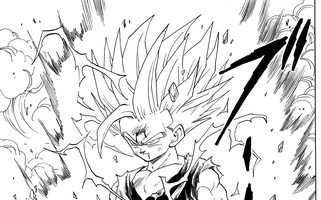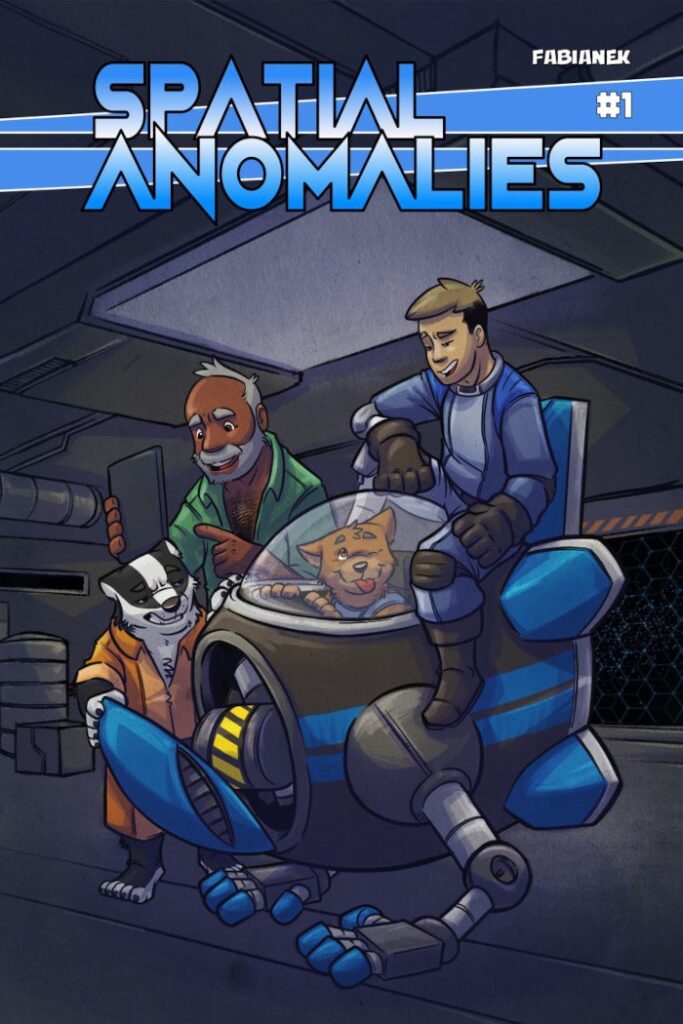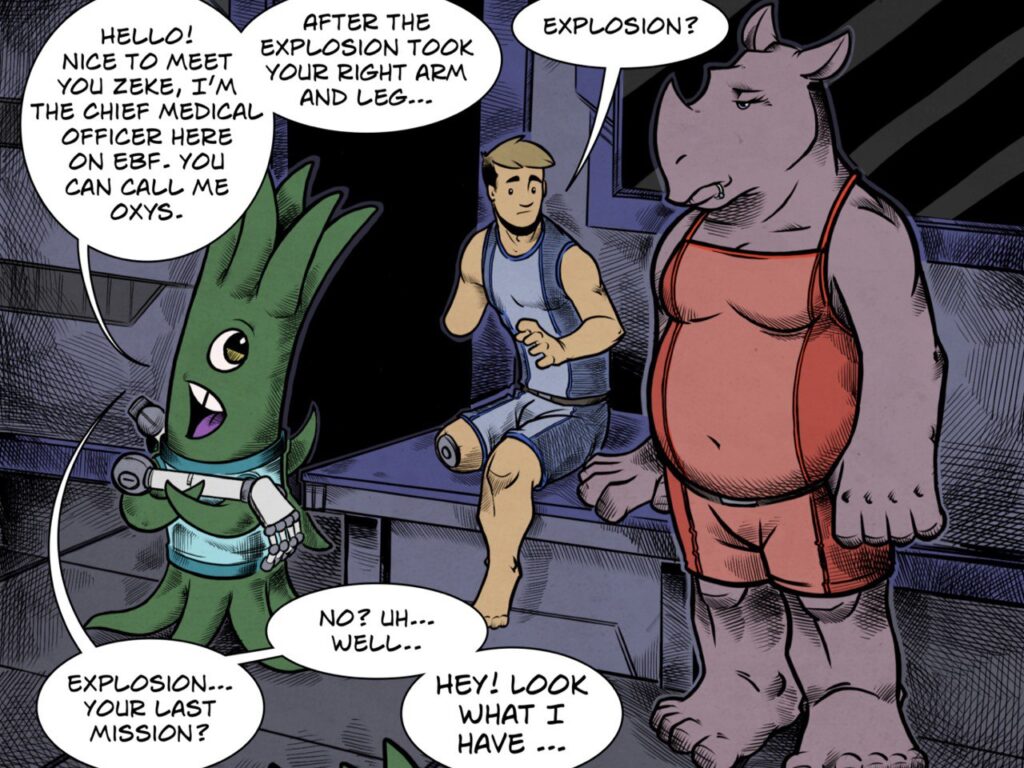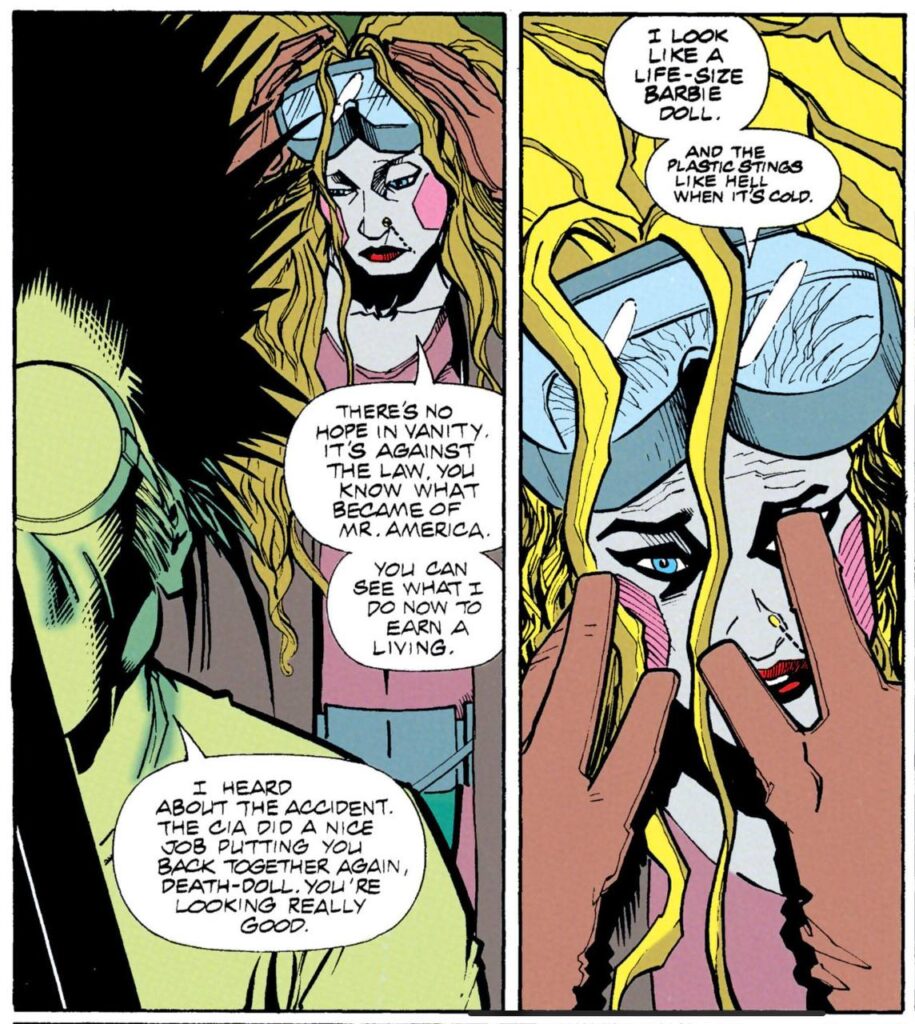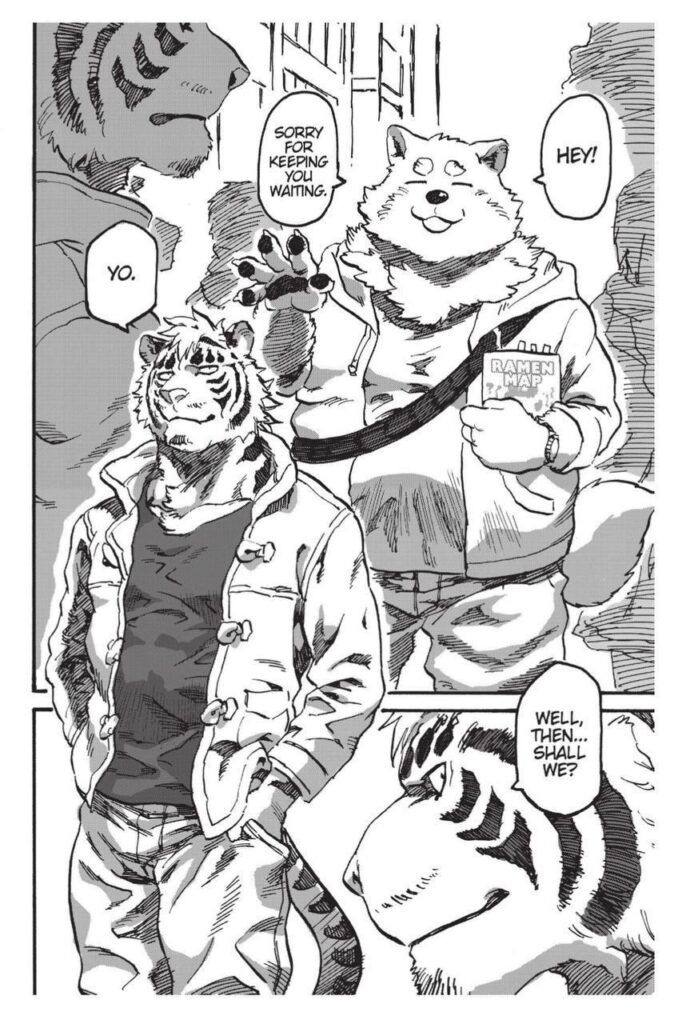I found out yesterday that manga legend Akira Toriyama died. I suspect many of you feel the same way I do. 68 is long enough to have an impact and to have led a good life, but it doesn’t seem like enough. Toriyama wasn’t just the creator of Dragon Ball. He was prolific and profoundly influential as a cartoonist. His control over pacing, choreography, tone, were all world-class. Yes, he forgot some characters existed, but I suspect I would too if I were turning out a chapter a week. This isn’t meant to be an analysis of Toriyama-sensei’s works–though I’d like to do one in the future–but rather a bit of a eulogy. What Akira Toriyama’s works meant to me personally.
First, a little bit of my background.
For as long as I can remember, I’ve been afraid. I was never quite certain of what; it was nebulous and elusive, and changed form often. It felt like there was something inside of me that was wrong somehow, and that I had to contain it or face disaster. I felt weak, afraid, insufficient. Six months ago, I was officially diagnosed with obsessive compulsive disorder and began treatment. I feel better now than I have in my entire life. I’m thirty-six years old, and I’m finally unfettered and showing my true power.
Given that, it should be no surprise that my favorite character in Dragon Ball is Son Gohan. I immediately related to him. The bookish and soft son of the world’s greatest fighter Son Goku felt familiar. When I saw his character arc play out on Toonami’s broadcasts of Dragon Ball Z, and later when I saw Team Four Star’s Dragon Ball Z Abridged and finally read the manga, it hit. It felt like Akira Toriyama got me in a way I hadn’t quite gotten myself yet.
Here’s what Akira Toriyama taught me through Son Gohan:
Sometimes you’ll be scared.
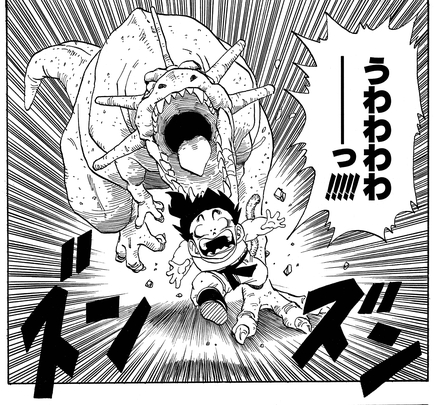
You can be weak.

Sometimes you’ll be angry.
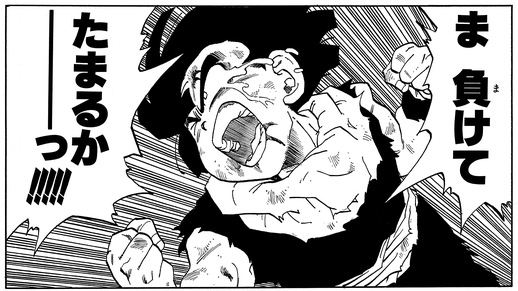
It can feel like you’re all alone sometimes.
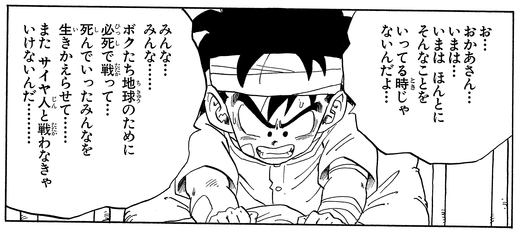
You can make terrible mistakes.
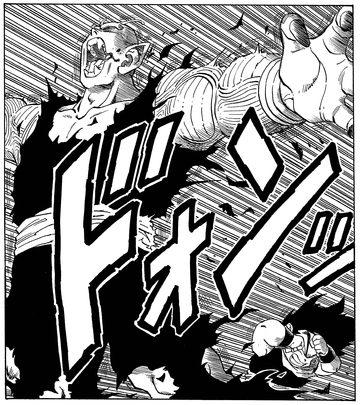
Sometimes life pushes you into situations where you don’t want the expectations that are being put onto you.
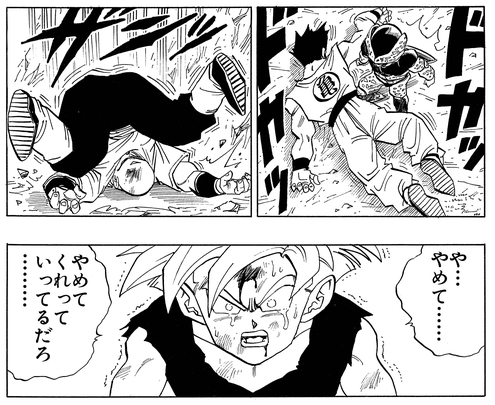
You can feel like there’s something that separates you from everyone else, something you have to keep in check, or face disaster.
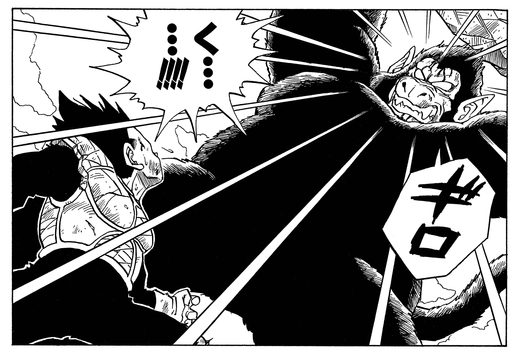
It doesn’t matter.
In your life, the hardest work will be all yours to do. Nobody can take it away or do it for you. When the day of fate comes, what you have inside of you is enough. That’s all you have to be. The power to face your fight, win or lose, was always yours, it was just a matter of letting it loose.

See you at the next Tenka’ichi Budōkai. If you liked this article, you might like some of my other posts on media I like.
Images from Dragon Ball, various volumes, sourced from Dragon Ball Official (March 8, 2024).
Leave a Comment
